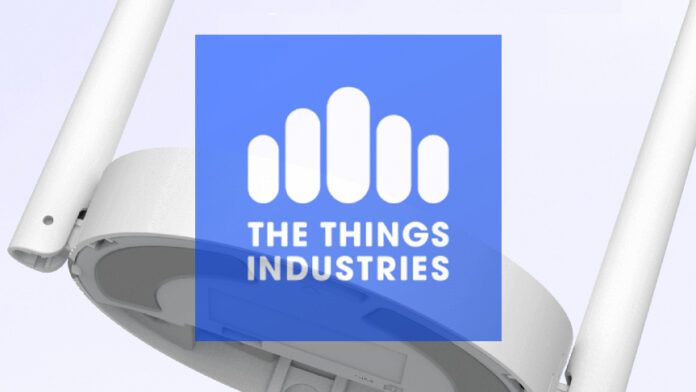Amsterdam-based IoT specialist The Things Industries has introduced a new managed LoRaWAN gateway to go with its LoRaWAN core network server, and related products and solutions. The product, called The Things Indoor Gateway Pro, is an upgrade to its previous offering, adding ‘pro’ into its old title to capture its more advanced features, which raise the bar for LoRaWAN device management, and also integrate LTE (Cat-1bis), Ethernet, and Wi-Fi for backhaul and failover.
The product integrates with The Things Stack. The Things Industries said it will “enable seamless LoRaWAN network installation” by offering “connectivity flexibility and resilience, zero-touch provisioning, and comprehensive cloud management”. It will “transform the landscape of IoT network management”, it claimed. The company went so far as to calculate a benefit figure: a 33 percent saving on the total cost of ownership (TCO) of LoRaWAN deployments, it said.
Wienke Giezeman, chief executive at The Things Industries, said: “Our new managed LoRaWAN gateway represents a significant leap forward in IoT connectivity and management. By integrating advanced features and maintaining the simplicity and reliability that our customers expect, we are providing a solution that not only meets but exceeds the demands of modern IoT deployments. We are excited to see the impact this gateway will have on our customers’ operations.”
The gateway, available via the company now, in Europe and North America, follows the same principles as just about every advance in the IoT sector: to make IoT deployments simpler. The installation process is “simple and non-technical”, the company said. This allows for “highly concurrent installations and [a shorter] time-to-value”, it added. The essential improvements are with zero-touch provisioning, new backhaul/failover options, and new management features.
Zero-touch provisioning streamlines the setup, minimising the need for technical expertise; cloud-based management just means remote management, including firmware updates, device monitoring, and rapid data insights; increased connectivity options bring flexibility and reliability; device management is better because of features such as mTLS, FOTA, remote reboot, hardware secure boot, spectral scan, and smarter filtering, the company said.
The company said in a statement: “Zero-touch provisioning and fully cloud-managed capabilities… reduces operational expenses, minimises maintenance costs, and ensures faster ROI… Full integration with The Things Stack allows for real-time monitoring… [and] analytics, enhancing network reliability and operational efficiency. Remote management… [means] operators can easily oversee and optimise IoT networks from a central interface without needing physical access.”

